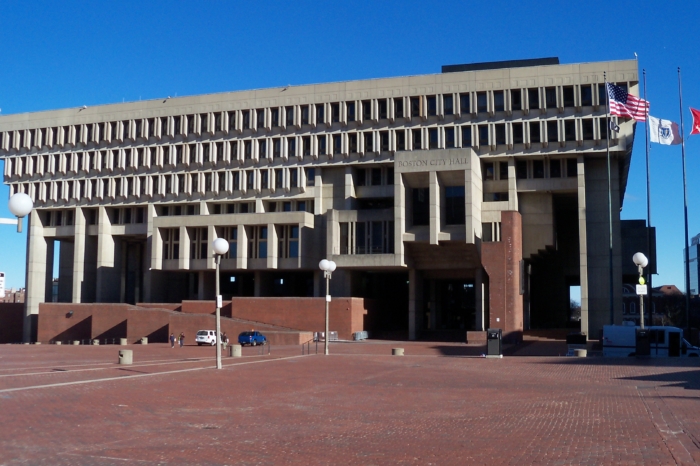The Curious Case of the Missing Stabilization Funds
Colloquially known as a “rainy day” fund, a stabilization fund is an account established by government to set excess funds aside for a host of reasons pertaining to mitigating the effects of economic shocks and/or funding large capital projects. These funds are seen at the federal, state, and municipal levels. For the latter, it is a cornerstone of municipal financial strength.
However, for a handful of Massachusetts municipalities, this does not seem to be the case. Organizing this table from the Division of Local Services (DLS) from lowest to highest fund amounts, it’s evident that nearly a dozen municipalities in the state sometimes do not report a stabilization fund. These include large, secure areas like Mansfield, Newton, Hingham, and Boston, which has never reported a stabilization fund. It seems odd – why would these communities, which seem to be financially strong, opt out of a stabilization fund?
In fact, they don’t.
When contacting the accountants and/or financial officers for these towns, inquiries about their missing stabilization funds are usually met with confusion. They’ll tell you that, no, their municipality does have a stabilization fund – usually more than one – that they’ve maintained for years.
Matthew Violette, the town accountant of Mansfield, explained the confusion in a phone interview. Starting around 2013, he recalls, the state Division of Local Services did not give sufficient guidance to municipalities on reporting their stabilization funds – “There wasn’t a column in the spreadsheet,” as he described it. As a result, each town reported their funds in different ways, leading to some of the funds not being considered stabilization funds by the DLS. For example, Mansfield (among others) reported their stabilization funds under Special Revenues, a classification the DLS does not consider a stabilization fund. This phenomenon was confirmed by Hingham and Wilmington’s accountants as well.
This all changed in FY2022, however, as the DLS finally added a column specifically for stabilization funds. Once it was added, many communities with a missing fund suddenly reported one. Figure 1 shows this with Mansfield. After reporting no funds from 2014 till 2022, the fund skyrockets back to normal levels.

Figure 1: Available financial resources for Mansfield, 2004-2022. Sources from Pioneer’s MassAnalysis website, under Financial Strength. Notice how the stabilization fund, in red, bows down to zero in 2015, then rapidly re-emerges in 2022.
A similar pattern is seen with Newton and Hingham, among others. Clerical errors aside, five municipalities – Boston, Lawrence, Lincoln, Malden, and Wilmington – still report a missing stabilization fund for FY2022.
This is likely due to municipal decisions. “It’s not a requirement; it’s a completely local decision,” says Kirsten Shirer, the chief of the DOR’s Data Analytics and Resources Bureau. The law confirms this: “Cities, towns and districts may create 1 or more stabilization funds and appropriate any amount into the funds.” [emphasis added]. A municipality can, for whatever reason, choose to opt out of a stabilization fund.
Boston is one such municipality. According to Ashley Groffenberger, CFO of the city’s Treasury Department, Boston has chosen not to make a special stabilization fund, instead opting to keep any year-end surplus as free cash. This is seen in the data, as Boston is the only municipality that does not report a stabilization fund for the entire recorded period.
Aside from Boston and Wilmington, none of the others have accepted inquiries into their town’s stabilization funds. The rest have either failed to respond or have no official financial offices in which to contact.
Peter Mentekidis is a Roger Perry Transparency Intern with the Pioneer Institute. He is a rising senior at Providence College, with a major in Quantitative Economics and a minor in Philosophy. Feel free to contact via email, LinkedIn, or writing a letter to Pioneer’s office.



